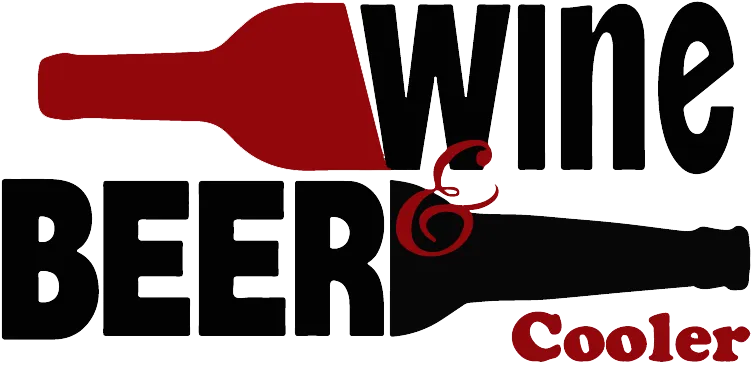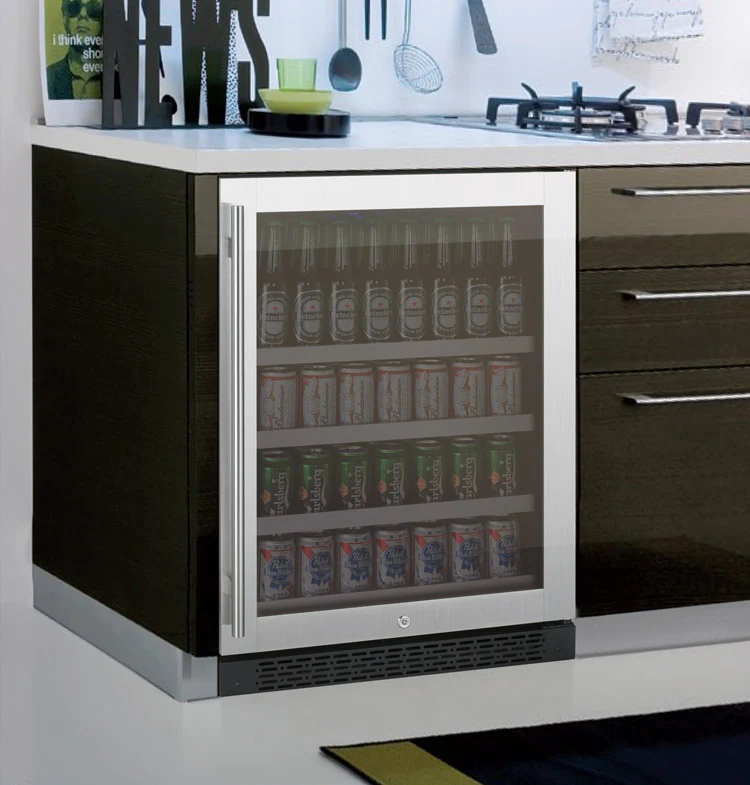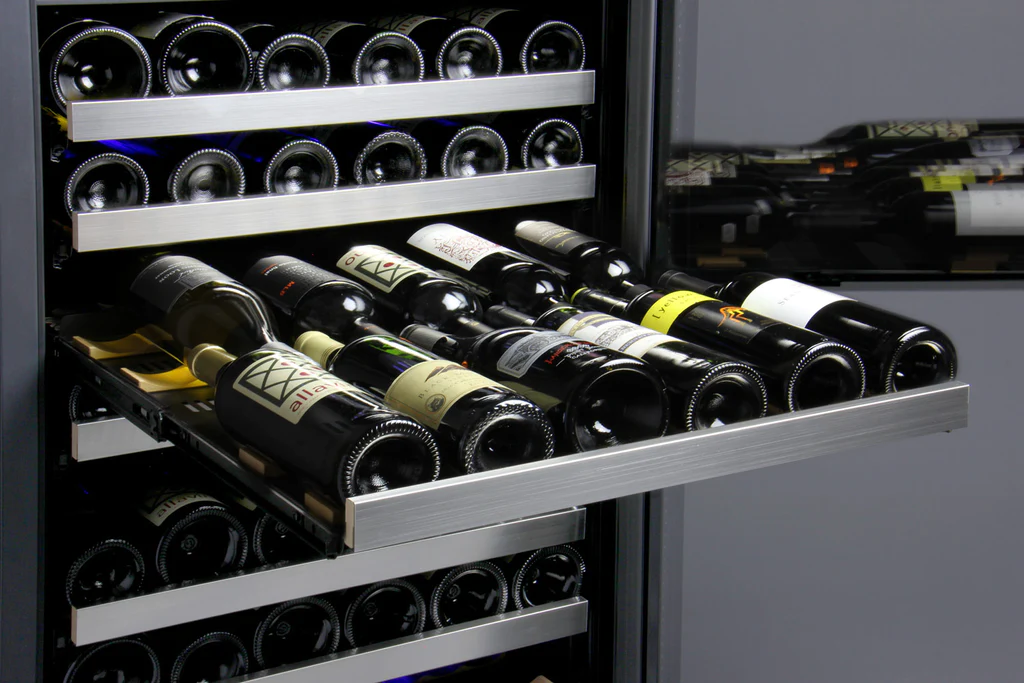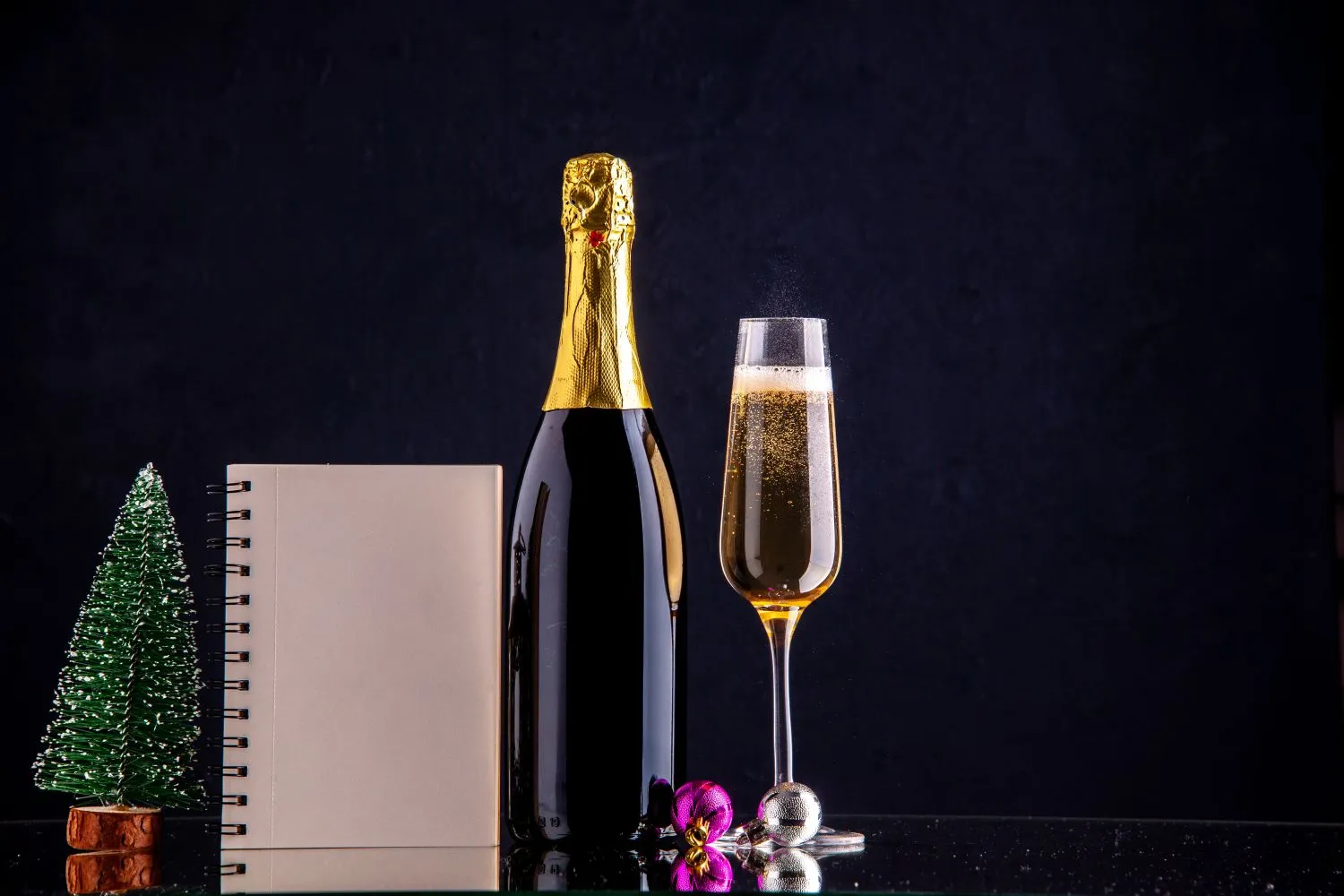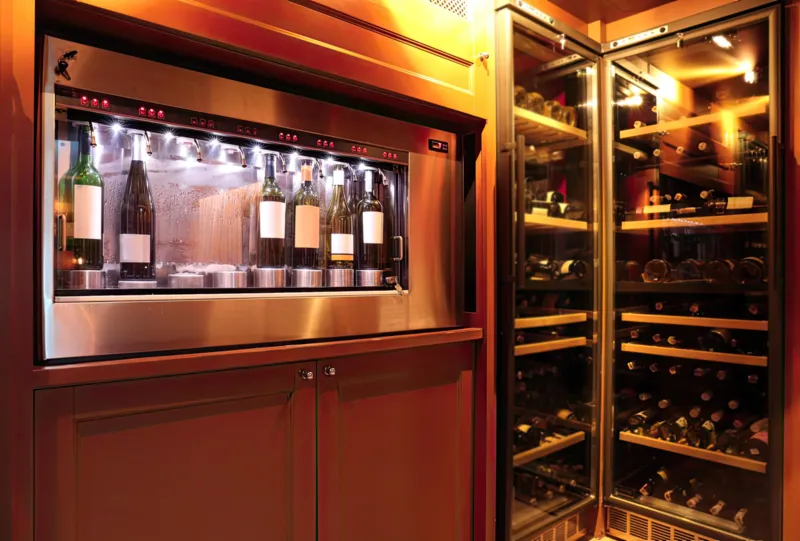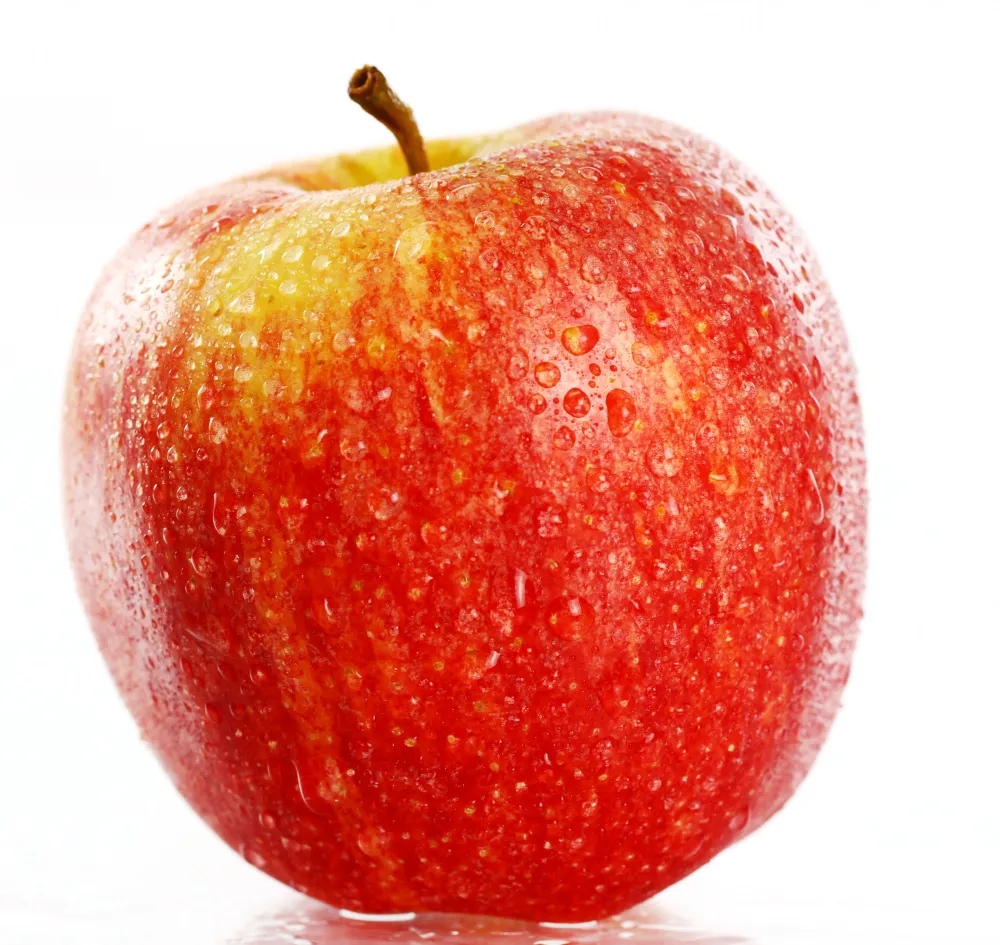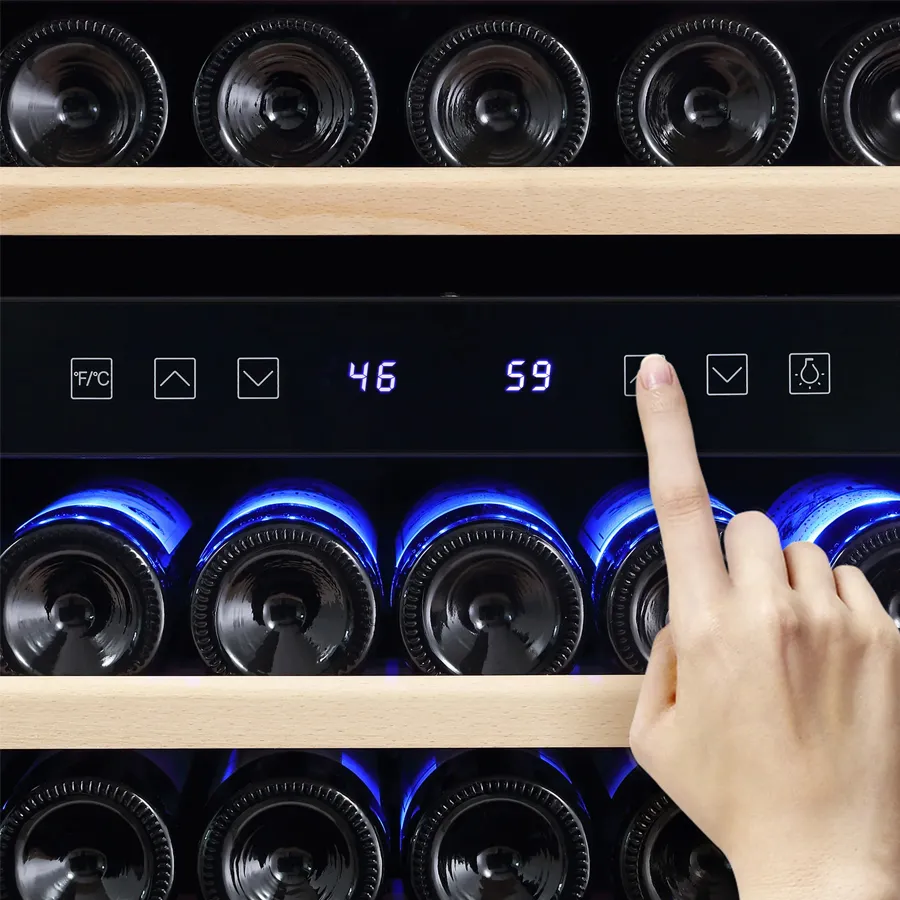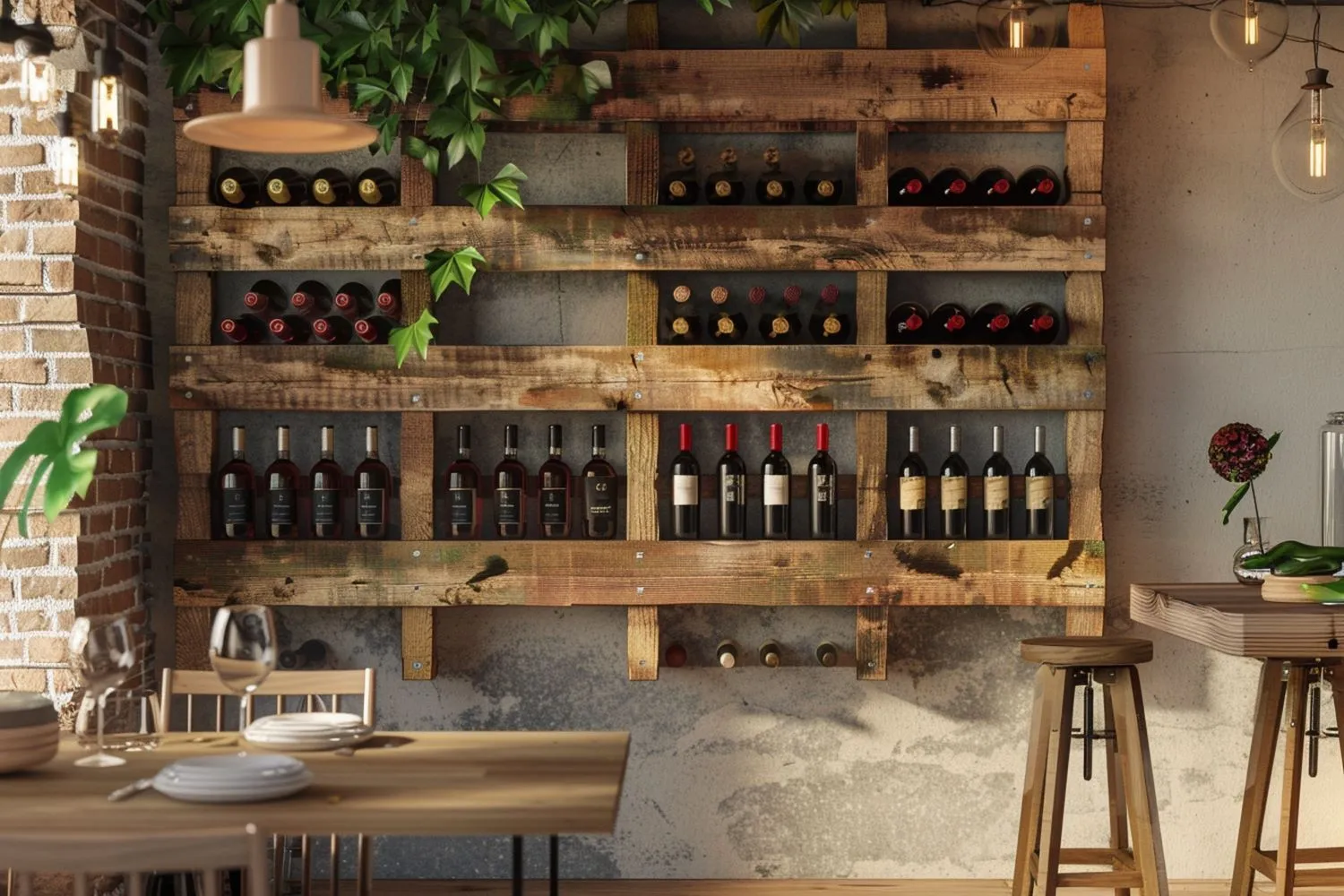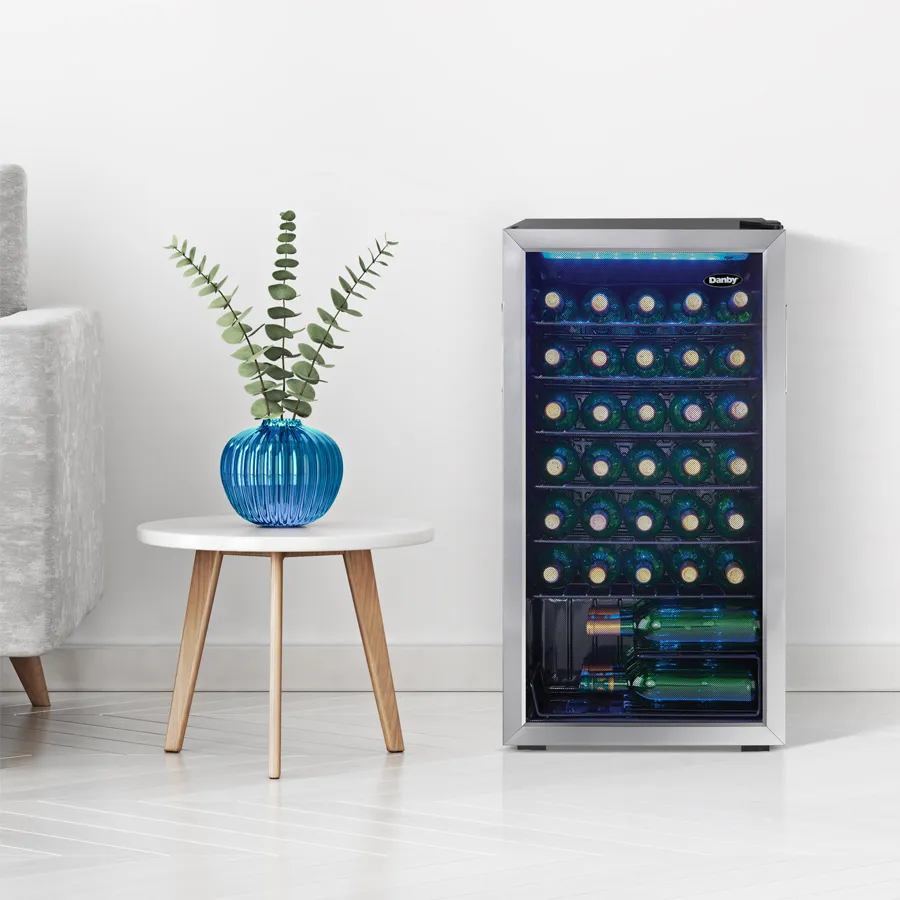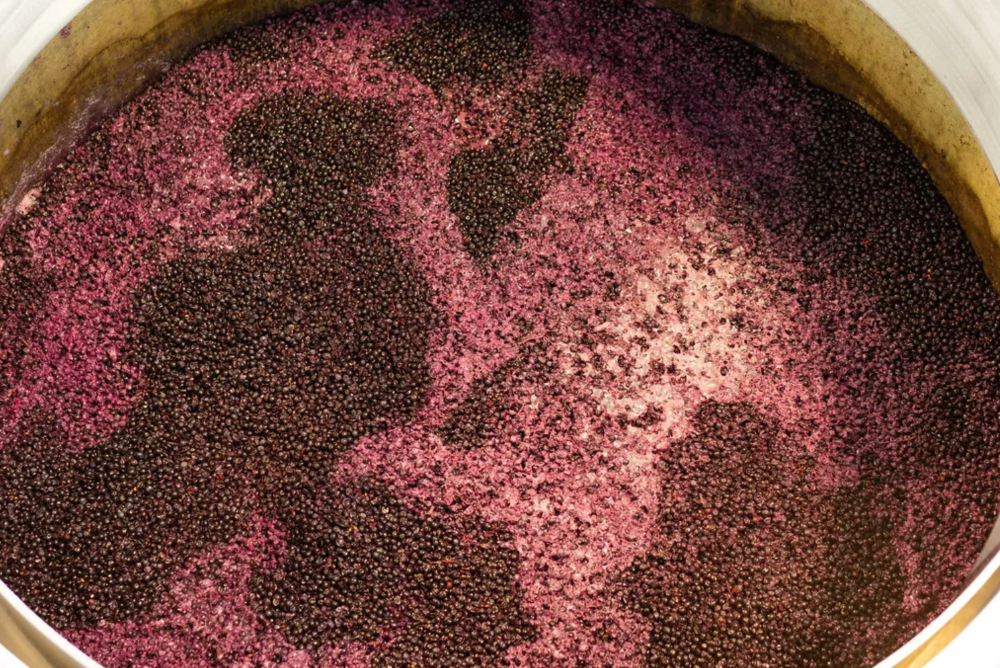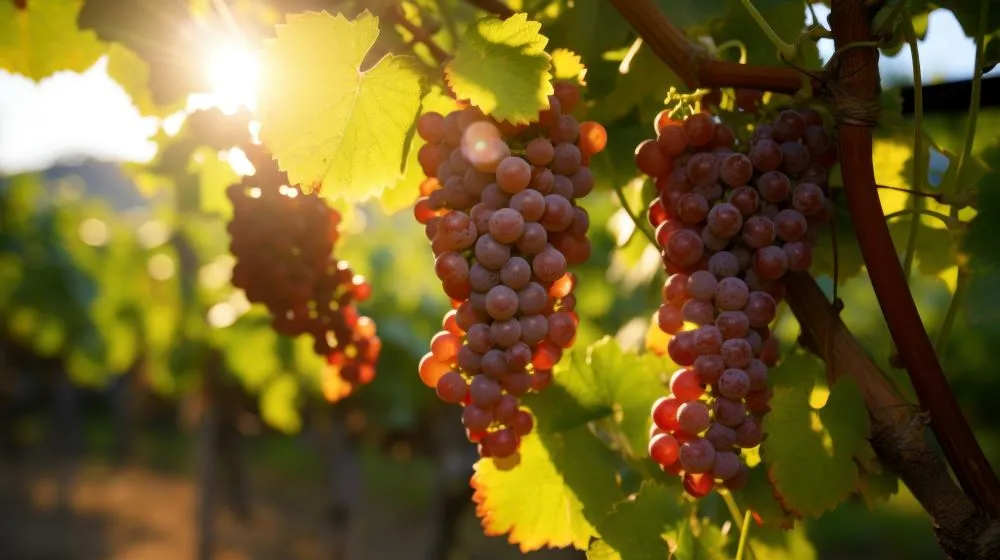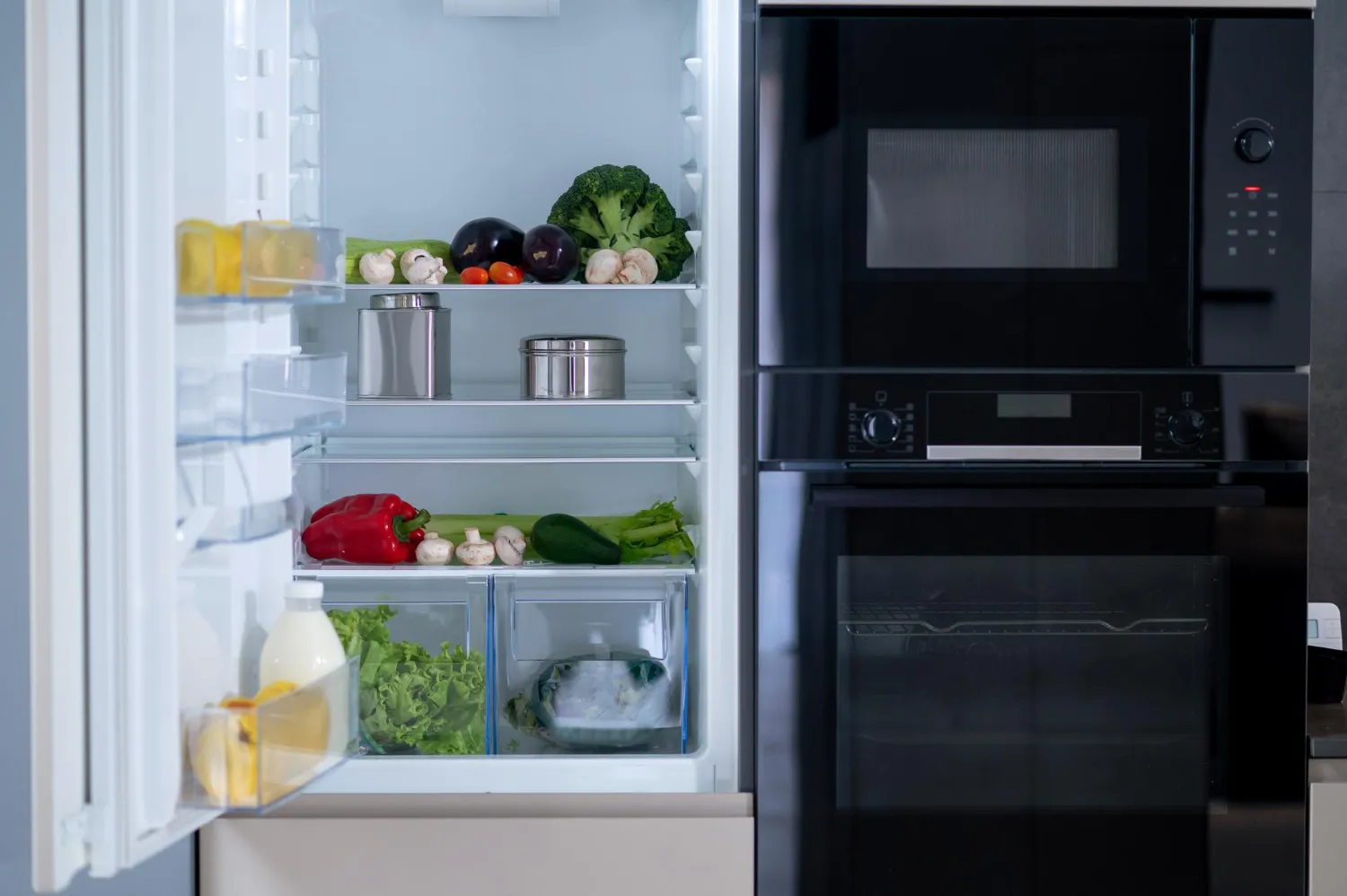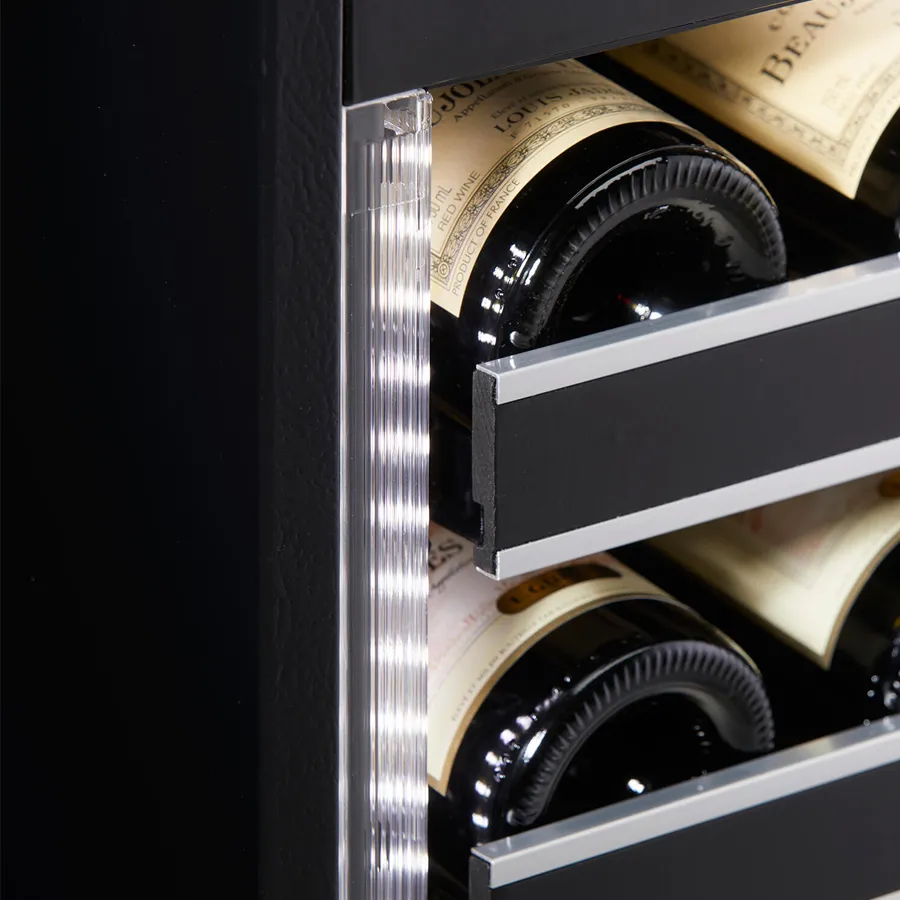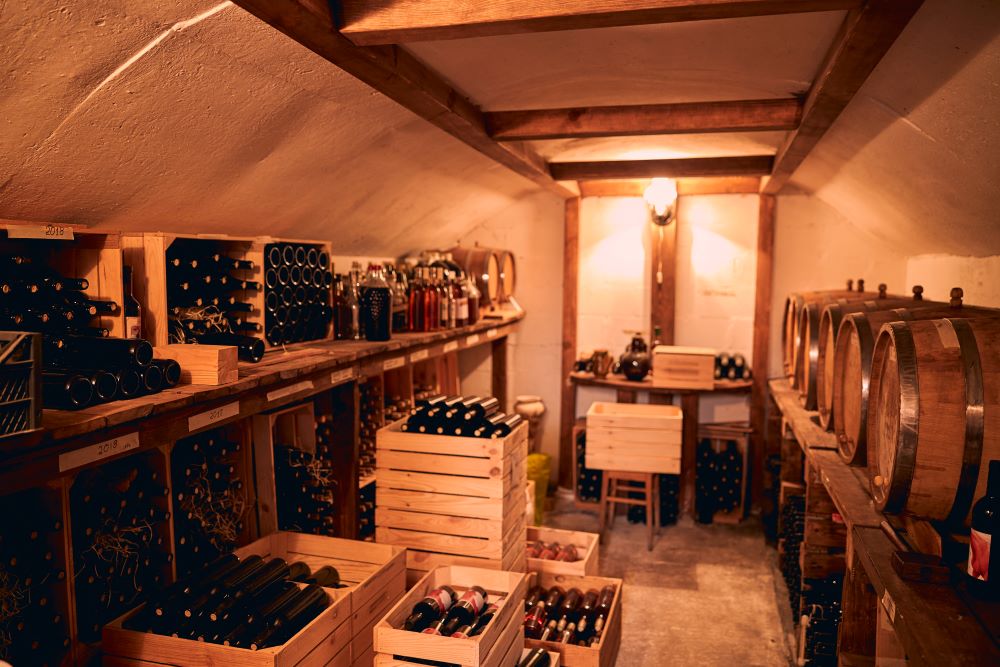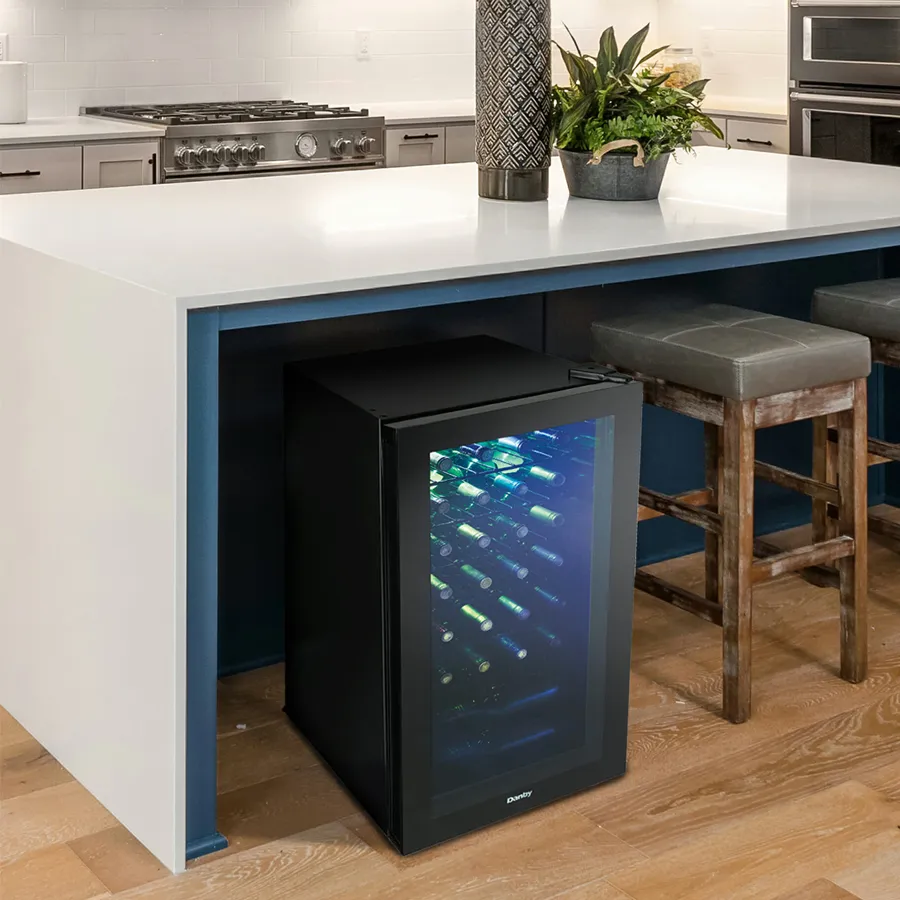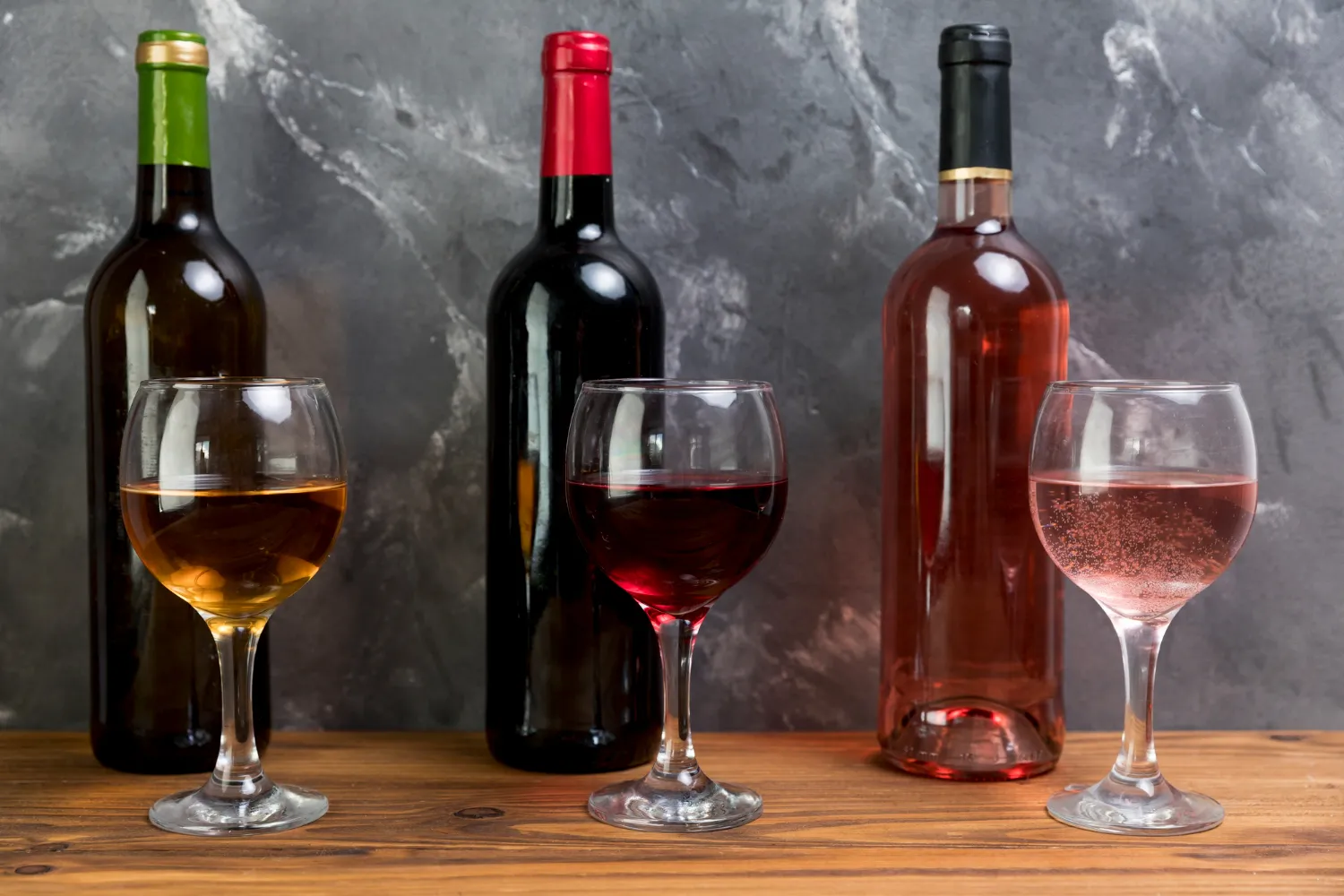Is there a certain temperature at which Champagne is best served? Whether you’re toasting a milestone or just want to enjoy a glass of fizz on its own, perfection in temperature is key. Champagne loses some of its flavor and fizz if served at the wrong temperature, so timing is essential. How to get the most out of your glass of Champagne? We’ll go over the best way to do it in this helpful blog post.
How Temperature Affects Champagne
Temperature is an important factor in the overall flavor and experience of drinking Champagne. Improving your enjoyment of this magnificent beverage can be as simple as chilling Champagne to the perfect serving temperature.
When trying to figure out how temperature impacts Champagne, keep in mind the following:
| Temperature | Effects |
| Too Cold | Suppresses aromas and flavors, diminishes complexity |
| Optimal Serving Temperature | Preserves effervescence, enhances aromas and flavors |
| Too Warm | Accelerates aging, reduces carbonation |
By understanding how temperature affects Champagne, you can ensure that you are serving and enjoying this exquisite wine at its best.
How Temperature Affects Perception of Flavor
Temperature plays a significant role in how we perceive the flavors in champagne. At cooler temperatures, the wine’s acidity and tannins may be more pronounced, while warmer temperatures can enhance the perception of sweetness and full-bodied flavors. It is important to find the right balance to experience the full range of flavors present in champagne.
| Cooler Temperatures | Warmer Temperatures |
| Enhances acidity and tannins | Enhances sweetness and full-bodied flavors |
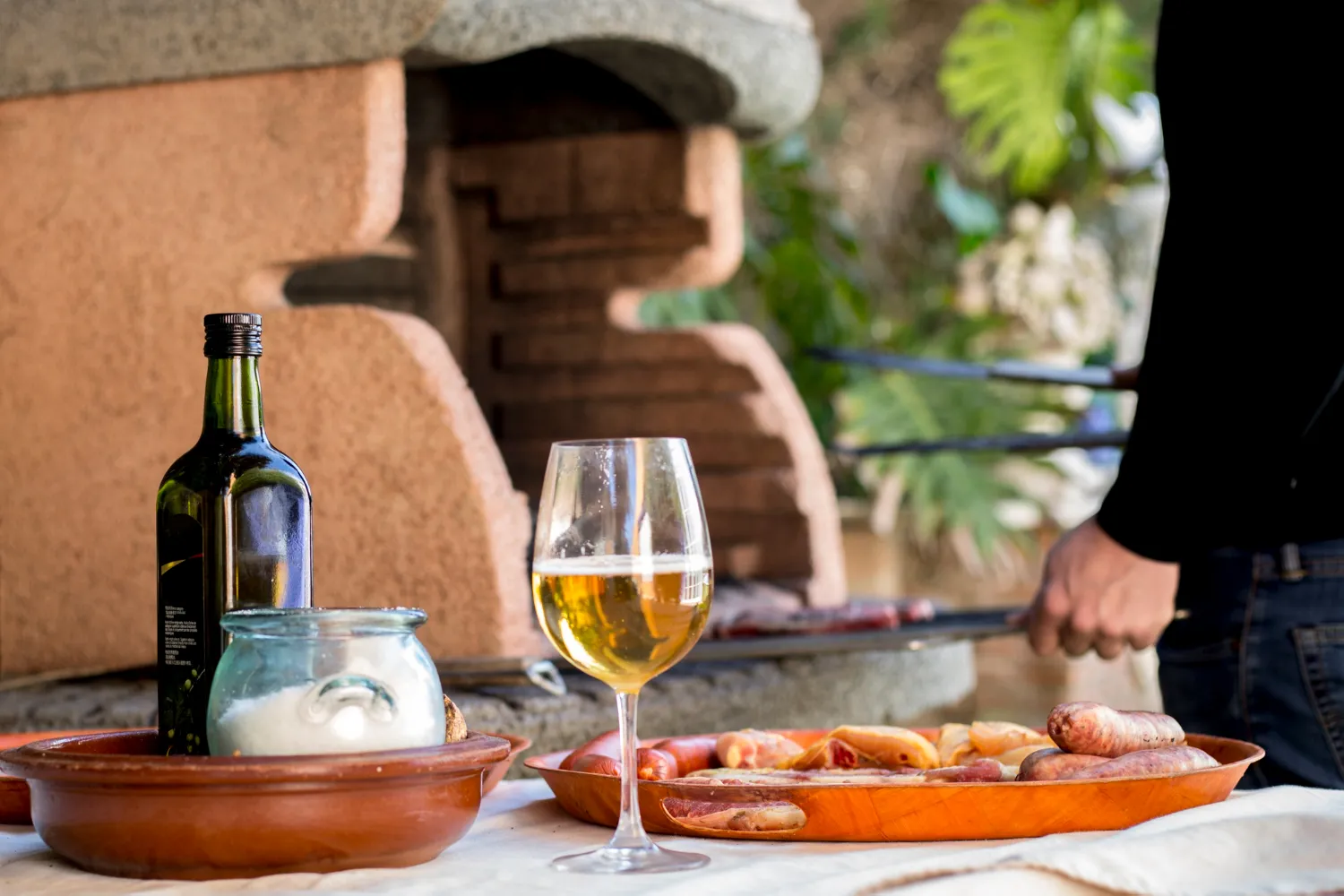
The acidity and tannins in the wine may be more noticeable when served cold, yet the sweetness and full-bodied tastes can be more appreciated when served warm.
The Interaction of Bubbles and Temperature
For champagne, the temperature at which it is served can affect the behavior of bubbles in the glass. Cooler temperatures help maintain a higher level of carbon dioxide in the wine, resulting in finer and more persistent bubbles. Warmer temperatures can cause the bubbles to dissipate more quickly, altering the texture and mouthfeel of the champagne.
| Cooler Temperatures | Warmer Temperatures |
| Higher levels of carbon dioxide lead to finer bubbles | Bubbles dissipate more quickly, altering texture and mouthfeel |
Plus, understanding the interaction of bubbles and temperature can help in choosing the right glassware for serving champagne, enhancing the sensory experience for enthusiasts.
Optimal Serving Temperatures
To fully appreciate the delicate scents and flavors of champagne, it is essential to serve it at the perfect serving temperature. The ideal serving temperature for champagne can greatly affect how much you enjoy the wine.
=> Related Article: The Ideal Temperature For Storage Wine in a Winecooler
Depending on the type of champagne, the best serving temperature is as follows:
| Champagne Style | Optimal Serving Temperature |
|---|---|
| Brut Nature/Zero Dosage | 46-50°F (8-10°C) |
| Brut | 46-50°F (8-10°C) |
| Extra Dry | 45-50°F (7-10°C) |
| Demi-Sec | 42-46°F (6-8°C) |
Recommended Temperatures for Different Champagne Styles
For Deeper, You need to consider the style of the champagne while deciding on the appropriate serving temperature. To bring out the distinct flavors of each kind, serve them at slightly different temperatures.
=> Related Article: How to Properly Store Wine in Warmer Climates
Depending on the style of champagne, the following temperatures are ideal for serving:
| Champagne Style | Recommended Serving Temperature |
|---|---|
| Brut Nature/Zero Dosage | 46-50°F (8-10°C) |
| Brut | 46-50°F (8-10°C) |
| Extra Dry | 45-50°F (7-10°C) |
| Demi-Sec | 42-46°F (6-8°C) |
How to Preserve the Ideal Temperature?
Lastly, it is essential to ensure that you preserve the ideal serving temperature of your champagne throughout your event. Here are some tips to help you achieve this:
| Keep the champagne on ice | Place your champagne bottle in an ice bucket filled with a mixture of ice and water. This will help maintain the temperature of the champagne without over-chilling it. |
| Refrigerate between servings | If you have leftover champagne at the end of a serving, refrigerate the open bottle between pours to keep it at the perfect temperature for the next round. |
| Use a champagne cooler | Invest in a champagne cooler that is specifically designed to keep the bottle at the ideal serving temperature. This will ensure that your champagne stays perfectly chilled throughout your event. |
Maintaining the perfect serving temperature for the champagne bottles is of the utmost importance for maximizing the flavor and scent for both you and your guests. To keep everything at the ideal serving temperature, check the temperature often and change the chilling methods as necessary. Keep an eye on the champagne temperature as your celebration goes on to make sure it stays just right. The temperature of champagne can be rapidly changed by changes in room temperature or by being exposed to warm air for an extended period of time. Throughout the event, be vigilant in monitoring the bottles and taking proactive steps to ensure they remain at the ideal serving temperature.
Serving and Storage Tips
After uncorking your bottles of champagne, it’s important to serve and store them properly to maintain their optimal flavor and quality. Here are some tips to ensure you get the most out of your champagne:
- Store your champagne bottles in a cool, dark place away from direct sunlight and extreme temperature fluctuations.
- Keep the bottles in a horizontal position to keep the cork moist and prevent it from drying out.
- Avoid storing champagne in the refrigerator door as it is the warmest part of the fridge and can lead to premature aging.
- When serving, chill champagne in an ice bucket filled with equal parts ice and cold water for about 30 minutes.
This will ensure that your champagne is at the ideal temperature for serving, around 45-48°F (7-9°C).
